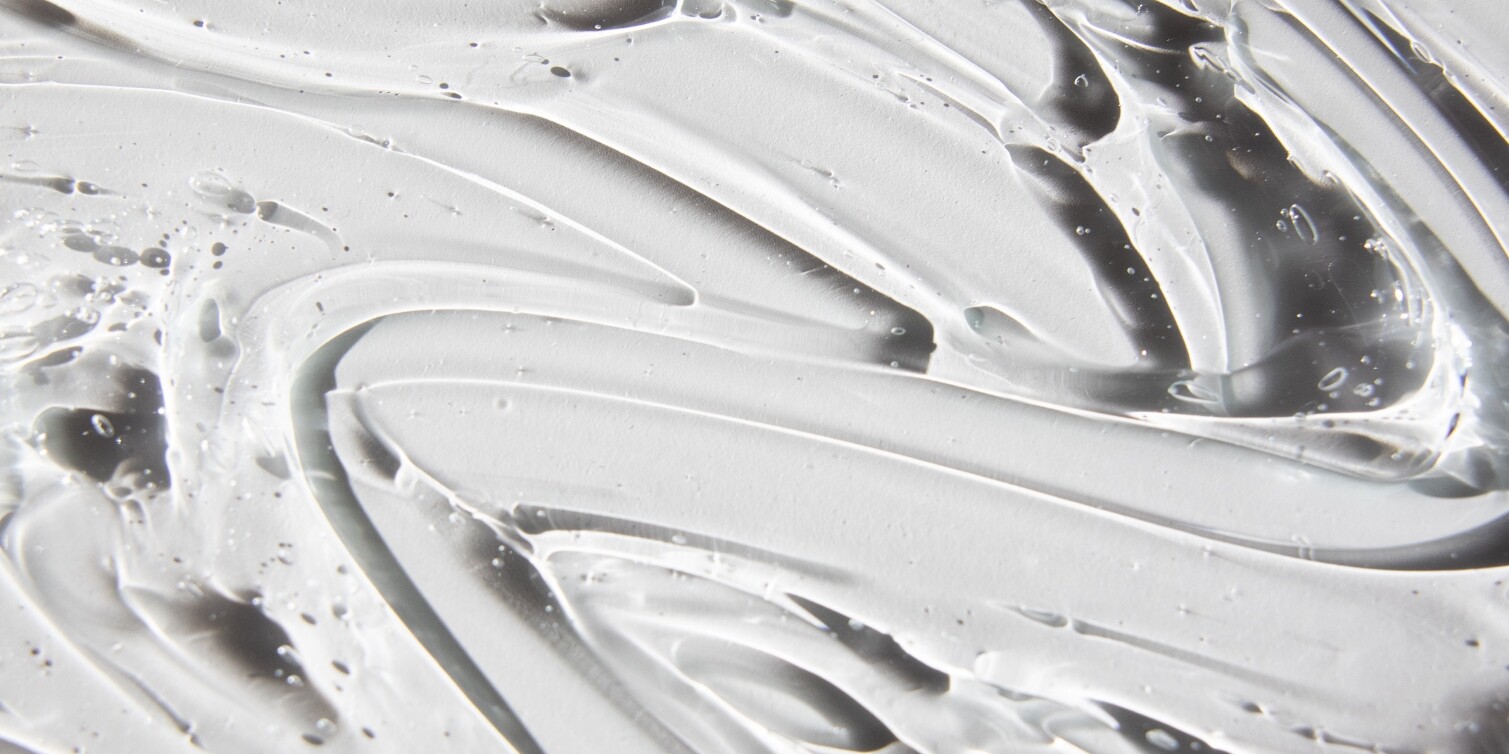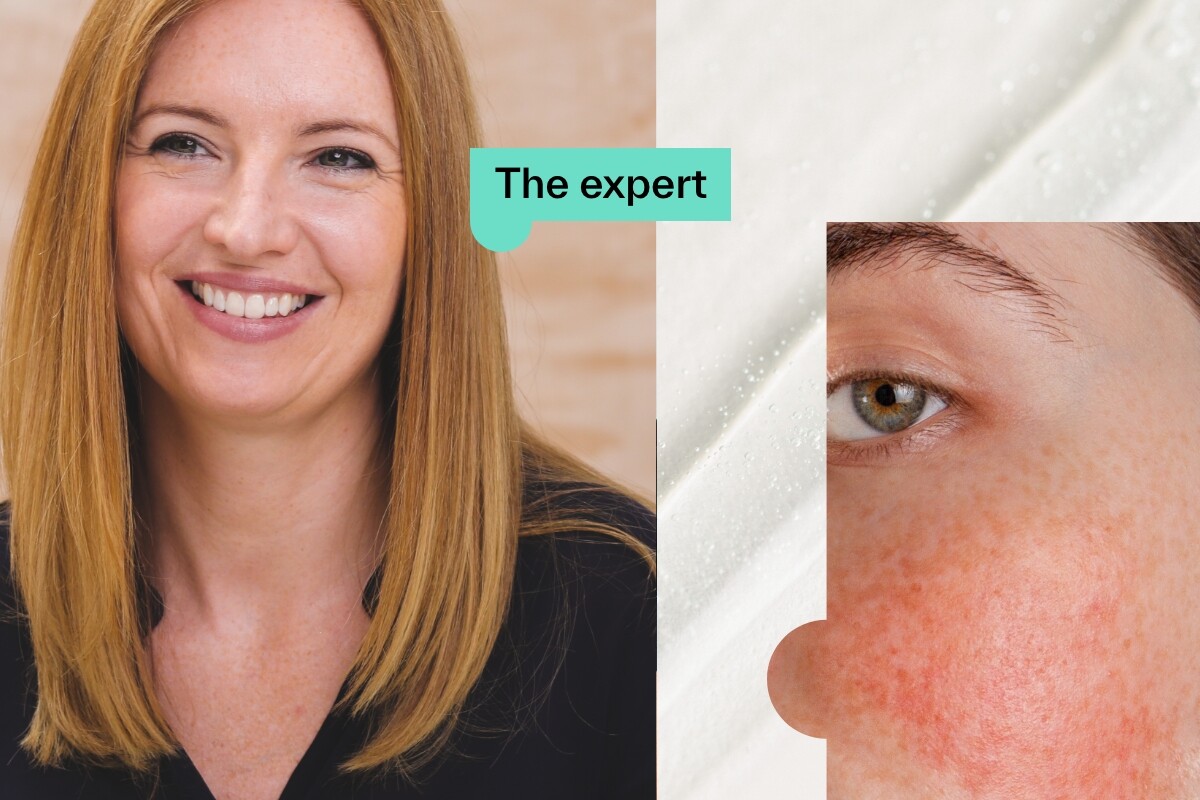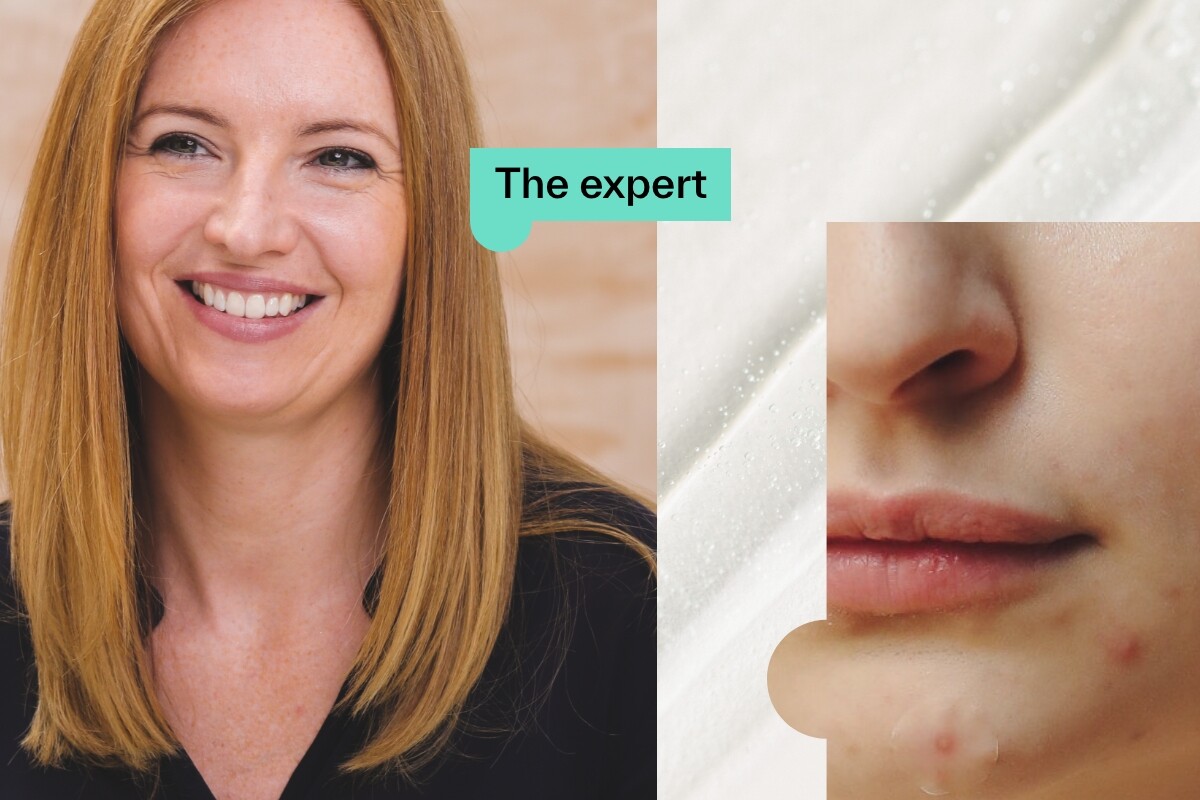Have you just started adapalene? You’ve probably already heard of retinol, as it’s become really popular, but adapalene is an established member of the retinoid family. And for good reason too. In this article, we’ll talk you through everything you need to know about starting adapalene, including what it is, how it works and how to manage any side-effects you might experience. Keep reading to find out why it is so highly recommended by dermatologists.
So, what exactly is adapalene?
Adapalene is an active ingredient that belongs to the better-known retinoid family. Retinoids are used in the treatment of acne as they can help keep pores clear, reduce inflammation and increase the rate of skin cell turnover. Retinal, which has become increasingly popular recently, is also part of this family. Like tretinoin, adapalene is a retinoid that requires a prescription. Adapalene is generally used as the retinoid of choice for acne as it has the most evidence behind it [1].
It comes in a cream or gel formulation. Your clinician will normally recommend you apply a thin layer to the affected skin, once per day, in the evening time after cleansing your face and before moisturising. It can cause some skin irritation, particularly around the eyes, nose, mouth so try to avoid applying it to these areas.
You should also take care if you’re applying it on your neck.
Why is it prescribed?
Adapalene can be prescribed for all grades of acne. Studies have shown it is less irritating to skin than other retinoids [2].
It’s also compatible with other ingredients such as benzoyl peroxide and clindamycin which also help to slow bacterial growth, and reduce breakouts.
How will it affect my skin?
Many people will have questions when starting on adapalene. Will I get side-effects? Will my skin get worse? Will my acne finally clear up? We’ll guide you through what you can expect when you first use adapalene. When you first apply the cream or gel, you may notice your skin tingle or warm. This is a normal reaction, and should settle after a minute or two.
Adapalene helps treat and prevent acne breakouts by increasing skin cell turnover, unclogging pores and getting rid of old dead skin cells. It also works to treat existing acne by reducing any redness and inflammation in your skin, leading to a clearer complexion. As an extra bonus, adapalene can help to fade pigmentation and reduce fine lines. This can help with skin-ageing and make your skin appear more youthful.
What are the side-effects, do they affect everyone, and why do they occur?
When beginning a retinoid treatment, your skin will undergo a process called ‘retinisation’. During this time, people may experience scaling, dryness and flakiness of your skin. Most people experience this normal adjustment, so please don’t be too alarmed when this happens [3].
At the start of treatment when pores become unclogged and dead skin cells are brought to the skin surface you may also notice your acne slightly worsens initially with a breakout. This is known as ‘purging’ and is a sign of the treatment beginning to work. This can be alarming, but tends to settle within a few weeks so it’s important to persevere.
Generally speaking, if you’re finding adapalene too irritating or drying on your skin, your clinician may recommend starting treatment on an alternate-day pattern or reducing the time it’s on your skin. To do this, they may recommend washing adapalene off after about an hour, and then working towards a longer application as your side-effects start to ease [6].
Which ingredients is adapalene usually formulated with to enhance its efficacy?
Adapalene is compatible with other active ingredients. Often, a good partnership is with benzoyl peroxide, which is a name you may recognise from other spot and acne treatments. The combination of adapalene with benzoyl peroxide appears to be helpful in improving acne and has been shown to make the treatment easier for people to tolerate [4].
Adapalene can also be combined with antibiotic treatments in the cream or gel, for example clindamycin [5] or other treatments such as niacinamide or azelaic acid Niacinamide. They are anti-inflammatory, which can also help to treat hyperpigmentation.
What should my routine look like while I’m on adapalene treatment?
If you’re using adapalene, it’s important to take some extra precautions to look after your skin and general health. It’s essential to wear sunscreen to help prevent any damage to your skin, as well as prevent pigmentation or signs of ageing. We would recommend a sunscreen which protects against UVA and UVB of at least SPF30 on your face.
Maintain your daily cleansing routine, and ensure to cleanse your face each night before applying adapalene. Due to adapalene’s effect on skin turnover, you may notice your skin is more flaky or dry. Using a thicker moisturiser after applying adapalene is important to make sure your skin remains well hydrated. Maintain your daily cleansing routine, and ensure to clean your face each night before sleep.
It’s important to remember to continue to take contraceptive measures while using adapalene. If you’re trying to conceive or become pregnant, it is important to let us know so we can change your prescription to one which is suitable during pregnancy.
How do I get advice?
Hopefully, this article has given you a good overview of how adapalene works and the side-effects to watch out for. If you do have any further questions, please feel free to contact the dermatology team at Dermatica or start a consultation with us. Our experts will be happy to answer any questions you have. If you sign up for a subscription, you can get unlimited free check-ins with them, too.
References:
[1] https://medlineplus.gov/druginfo/meds/a604001.html Date accessed: 2/12/2022
[2] Tolaymat, L; Zito, PM (January 2021). “Adapalene”. PMID 29494115.
[3] https://www.webmd.com/drugs/2/drug-6442/adapalene-topical/details Date accessed: 1/12/2022
[4] Bouloc A, Roo E, Imko-Walczuk B, Moga A, Chadoutaud B, Dréno B. A skincare combined with combination of adapalene and benzoyl peroxide provides a significant adjunctive efficacy and local tolerance benefit in adult women with mild acne. J Eur Acad Dermatol Venereol. 2017 Oct;31(10):1727-1731.
[5] Stein Gold L, Baldwin H, Kircik LH, Weiss JS, Pariser DM, Callender V, Lain E, Gold M, Beer K, Draelos Z, Sadick N, Pillai R, Bhatt V, Tanghetti EA. Efficacy and Safety of a Fixed-Dose Clindamycin Phosphate 1.2%, Benzoyl Peroxide 3.1%, and Adapalene 0.15% Gel for Moderate-to-Severe Acne: A Randomized Phase II Study of the First Triple-Combination Drug. Am J Clin Dermatol. 2022 Jan;23(1):93-104.
[6] https://bnf.nice.org.uk/drugs/adapalene/#patient-and-carer-advice Date accessed: 30/11/202
Dr Catriona Maybury
Dr Catriona Maybury is a Consultant Dermatologist, working as Medical Lead for Dermatica and at St George’s Hospital in London. Catriona completed her specialty training at St John’s Institute of Dermatology in London. Catriona has a special interest in medical dermatology, completing a PhD in liver fibrosis amongst psoriasis patients at King’s College London. Catriona is a certified coach and worked as Dermatology Section Editor for the British Medical Journal.




